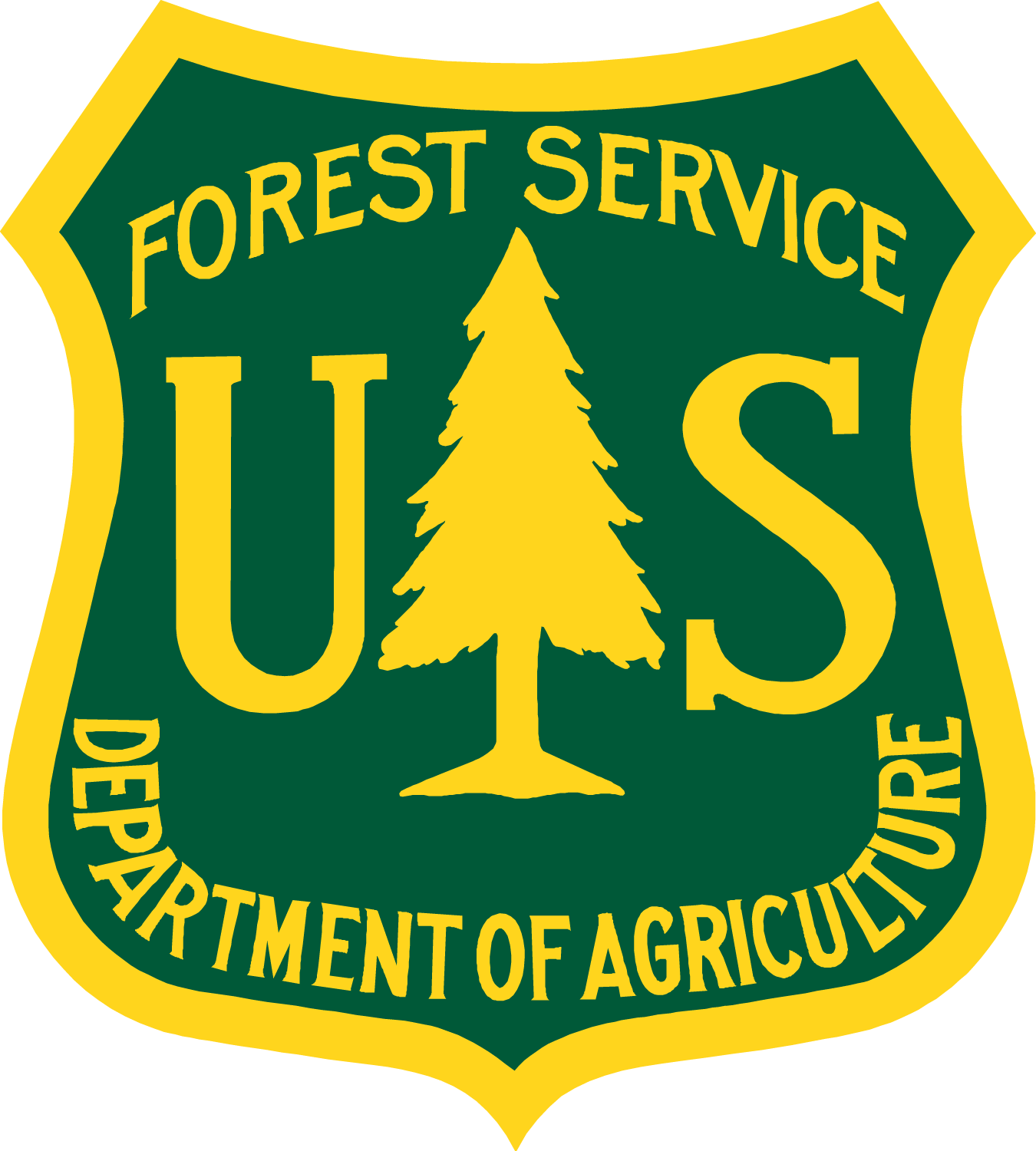Trees are a Tool for Safer Streets

Vehicle usage is responsible for staggering CO2 emissions, human injury and death, energy consumption, and more. Still, cars remain a part of the urban landscape, and street design that integrates them safely is imperative. Speed bumps, street markings, speed limits and other measures have all been used to create safer conditions for all users of the road. But what about trees?
Trees can play a powerful role in traffic calming, especially through their impact on three vehicle-related risks: speeding, road rage, and pedestrian/bicyclist injury. Speed is a factor in 30% of all traffic fatalities. Studies show that trees placed along streets can also play an important role in speed control. A 2006 study reported that using trees to line roadways brought down average speeds by up to eight miles per hour. Researchers theorize that streets with landscaped center medians or perimeter street trees may affect driver perception of lane width, causing something called the “edge effect.” This “edge effect” provides them with a psychological prompt to go slower.
Creating a safe environment for pedestrians and bicyclists who share the road with vehicles is also an important consideration in road design. Here, too, trees can help create safer conditions. A 2006 study of ten urban arterial and highly sites in Texas compared accident records before and after planting trees. Analysis showed a 46% decrease in crash rates across the sites after landscape improvements were installed.
All types of roadside treatments – roadside landscaping, median landscaping, and sidewalk widening with tree planting – positively affected vehicle safety outcomes. A marked decrease in the number of pedestrian fatalities was also noted, from 18 to only two after landscape improvements. These findings contradict conventional street safety guidelines that maintain that increased numbers of objects in the road-side and constrained rights-of-way will increase accident rates.
Trees can also help offset road rage. A healthy roadside tree canopy can help reduce angry and aggressive reactions by keeping drivers calm. A 2010 report from the School of Forest Resources at the University of Washington showed that drivers seeing natural roadside views exhibited lower levels of stress and frustration compared to those viewing all-built settings.
We need to re-examine accepted assumptions about where it is appropriate to plant trees and develop street and road designs that utilize their powerful influence on human health and safety.Trees are a Tool for Safer Streets

